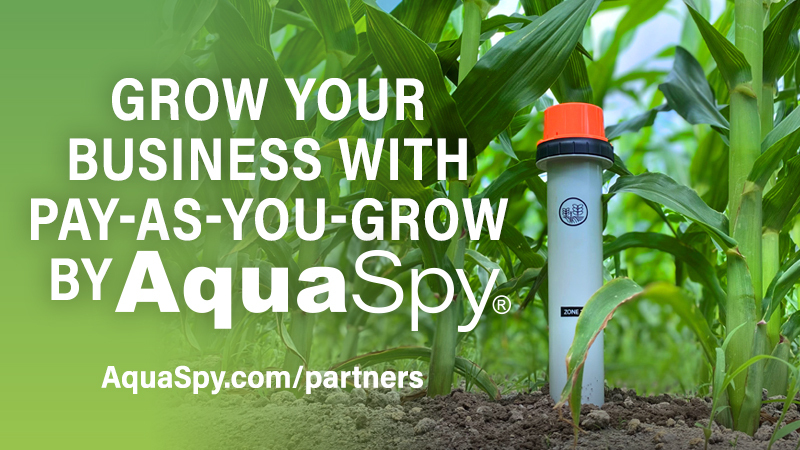Florida’s 4R Advocate Keeps Improving
Alan Jones and his crew run a farming operation that includes more than 3,600 acres of crops and even more where he runs cattle. Keeping the soil healthy ensures that high-quality potatoes, green beans and citrus continue to be part of our food supply.
Jones owns Jones Potato Farm Inc., near Parrish, FL. He has previously been recognized as a 4R Advocate by The Fertilizer Institute (TFI). The citation recognizes growers who use science-based, best management practices that focus on applying soil nutrients of the right source, at the right rate, at the right time and in the right place.
That’s important when you’re growing 1,900 acres of potatoes (1,200 of them going into chips), 700 acres of green beans and 800 acres of citrus. It’s why the 4R program fits his day-to-day management so well.
“The 4R program ideas are the core of my fertility program,” Jones said. “Adapting fertilizer usage based on crop needs, weather and raw material prices enables us to maximize production and keep costs in check.”
Ten types of soil on the farm dictate a sound soil sampling protocol that Dennis Coleman, Jones’ long-time crop advisor with Crop Production Services, in Parrish, follows. It allows him get to know the fields, maintain soil maps and be able to respond quickly if Jones wants to verify a result or double-check recommended nutrient applications. Each time Coleman tests the soil, he and Jones go over the results in depth to ensure nutrients are applied correctly the next time.
“Alan doesn’t rely on one nutrient source,” Coleman said. “Since we’re a custom blender, we can offer a wide range of plant nutrients.”
In addition to using multiple nutrient sources, Jones also:
- Fine-tunes applications rates with split applications. This reduces leaching and provides nutrients timed to the needs of a crop.
- Uses a starter application at planting, followed by a dry sidedress application after emergence, followed by a liquid fertilizer later in the seasons.
- Places fertilizer where plants can use it best by applying starter fertilizer in the bed, dry sidedress over the bed or dribbling liquid fertilizer into the shoulders of the bed.
- Plants a cover crop after every crop. This prevents erosion and increases organic matter for the next crop.
- Evaluates soil data across all fields to determine trends in nutrient management.
Jones’ split application is supported by a new banding fertilizer machine he and his crew built. It saves about 15%-20% on fertilizer. His next step is to incorporate a GPS system on the machine.
Complementing sound nutrient management is a good irrigation system that includes flood and center pivot. This helps keep base soil moisture up without running the center pivot as much as might otherwise be required.
Next season, this may all be modified, Jones and Coleman say.
“The 4R program spurs us into really thinking about fertility programs and to always reevaluate how we manage them,” Coleman said. “As a result growers may become a little more profitable and even take better care of the land.”
Applications are now being accepted for the 2015 4R Advocate Program. Entries are due on November 10, 2014. A nomination form, information about past winners, and additional details on the program are available here. Winners will be announced in mid-December. For further information on the program or 4R nutrient stewardship, please contact TFI Manager of Stewardship and Sustainability Programs Peyton Harper at 202-515-2717 or via e-mail at [email protected].






